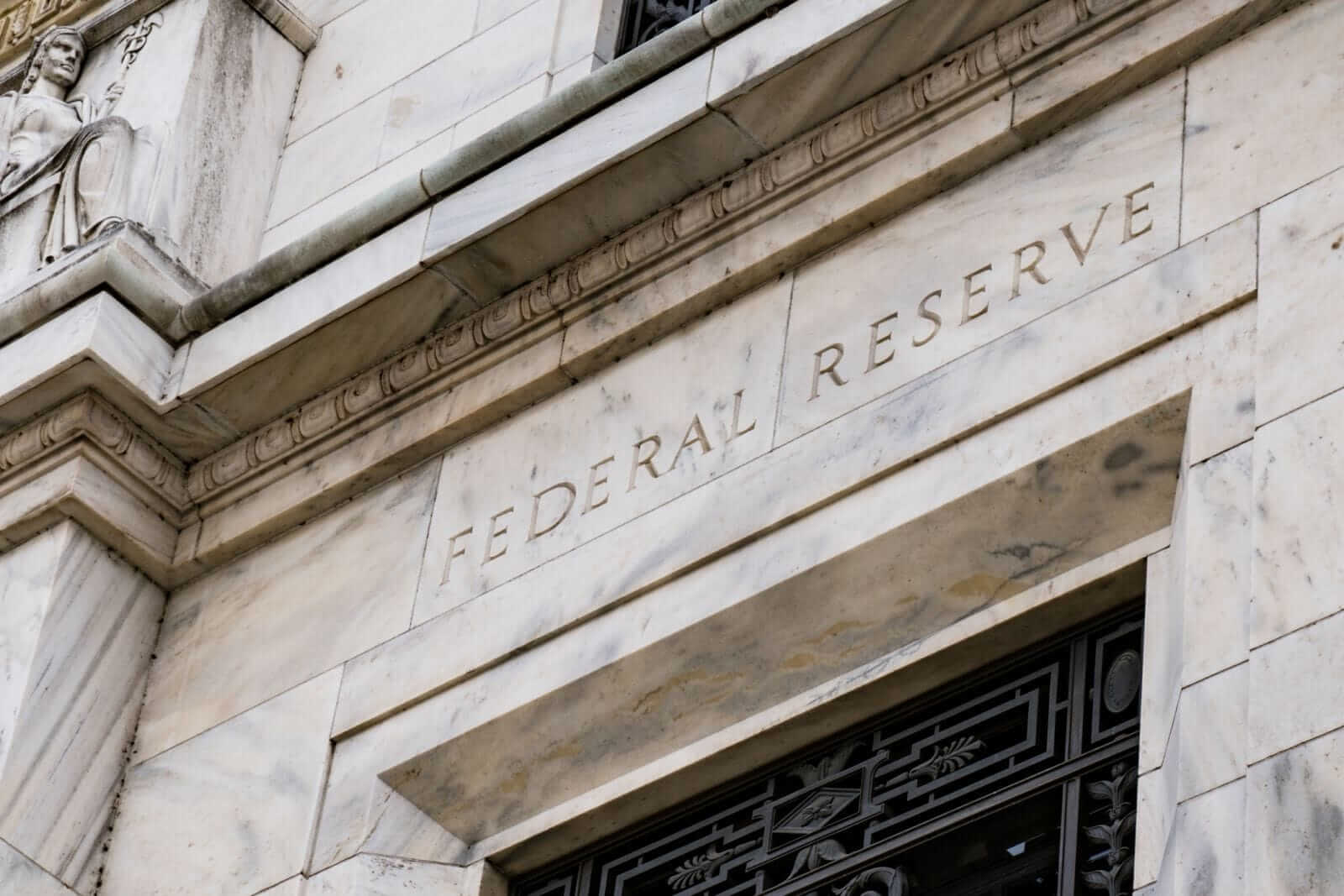|
|
|
|
LeRoy Coop
Departments
Cash Bids
Market Data
News
Ag Commentary
Weather
Resources
|
Is It Time to Load Up on Dividend Stocks Now as the Fed Looks Set to Resume Its Rate Cuts?
The Federal Reserve begins its September meeting today, Sept. 16, and will announce its policy decision tomorrow. In what was in all likelihood his final address as the Fed chair at the Jackson Hole Symposium last month, Jerome Powell raised hopes of a rate cut by observing a “shifting balance of risks may warrant adjusting our policy stance.” At the same event last year, Powell had said that "the time has come for policy to adjust,” which, as investors will recall, was followed by a 50-basis-point rate cut in September 2024. The U.S. central bank subsequently cut rates by 25 basis points each in November and December, but has since maintained the status quo, citing uncertainty from President Donald Trump’s economic policies – specifically on immigration and tariffs. Heading into the Federal Open Market Committee (FOMC) meeting, traders are pricing in a 25-basis-point rate cut. Notably, inflation remains above the 2% target set by the Fed, and a rate cut, if it were to occur, would be due to the economic slowdown. What Does a Fed Rate Cut Mean for Dividend Stocks?An interest rate cut is theoretically positive for dividend stocks, which lost some of their appeal as investors found high yields in debt instruments. However, as fixed-income yields come down – which they have already in anticipation of the rate cut – those craving regular income from their investments might turn back to dividend stocks. Which Dividend Stocks Should You Buy After a Fed Rate Cut?Dividend stocks in several industries would benefit from a Fed rate cut. Here are stocks across three industries that investors can consider: Gold stocks: Since gold (GCZ25) is a non-interest-bearing asset, rate cuts are theoretically positive for the yellow metal. Gold is hovering near record highs, in part due to the global economic uncertainty that has prompted investors – retail, institutional, as well as sovereign governments – to seek solace in the ultimate safe haven asset. Gold mining companies are generating bumper cash flows that they are using to deleverage their balance sheets and increase shareholder payouts through dividends and buybacks. In the gold mining space, Anglogold Ashanti (AU) is a good bet for dividend investors. The company has a well-defined dividend policy and currently pays a quarterly payout of $0.125 per share. Additionally, it is committed to top up the dividend to pay 50% of its free cash flow to investors at the end of every year. The stock appeals to investors who seek to capitalize on the gold price rally while pocketing a dividend in the bargain. Utility Companies: Utility companies pay some of the highest dividend yields and could come back in favor as rates drop. In that space, American Electric Power (AEP) looks like a good bet with a healthy dividend yield of 3.5%. The company is among the largest electricity producers in the U.S. and boasts the largest transmission network, spanning 40,000 miles. AEP is a regulated entity whose earnings are quite predictable and linear. Last year, it posted operating earnings per share (EPS) of $5.62, and expects the metric to be between the upper half of its guidance range of $5.75 and $5.95 this year. The stock trades at 18.7x its expected earnings over the next 12 months, and the valuation multiples are similar to their 10-year averages. The company is targeting long-term annual earnings per share (EPS) growth between 6%-8%, and its dividend growth should mimic that number. The stock appeals to conservative investors who are content with safe stocks offering healthy dividend yields and modest capital appreciation over the medium to long term. Mortgage REITs: Mortgage REITs will also benefit from lower rates. Lower interest rates would help mortgage REITs lower their borrowing costs and improve their profit margins. With a dividend yield of 12.8%, Annaly Capital Management (NLY) is one name that looks like a good bet. The company had a per-share book value of $18.45 in June, which gives us a price-book value multiple of around 1.2x. As interest rates fall, the company’s book value should rise, and the valuations will appear a lot more favorable. The sector is, however, a relatively risky space given its exposure to the housing and mortgage markets and appeals to aggressive investors chasing double-digit dividend yields. On the date of publication, Mohit Oberoi did not have (either directly or indirectly) positions in any of the securities mentioned in this article. All information and data in this article is solely for informational purposes. For more information please view the Barchart Disclosure Policy here. |
|
|